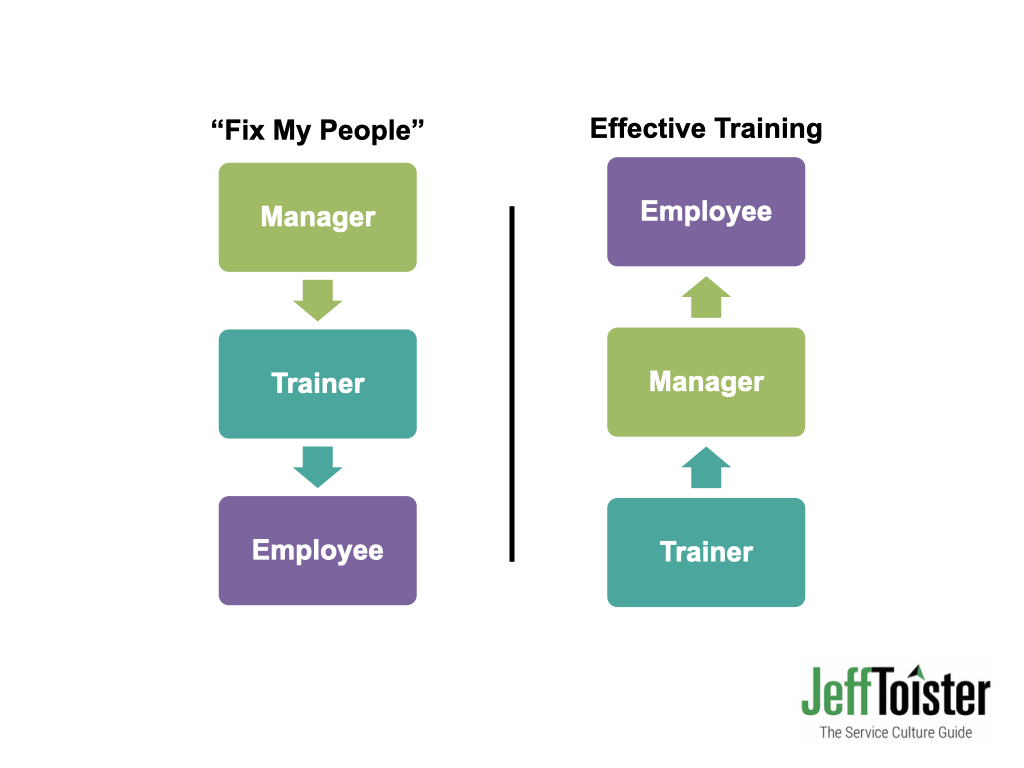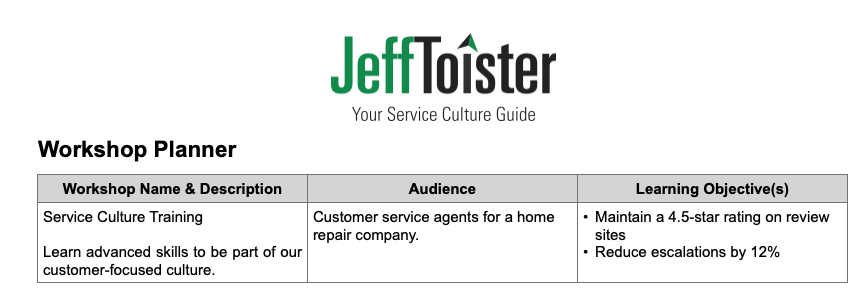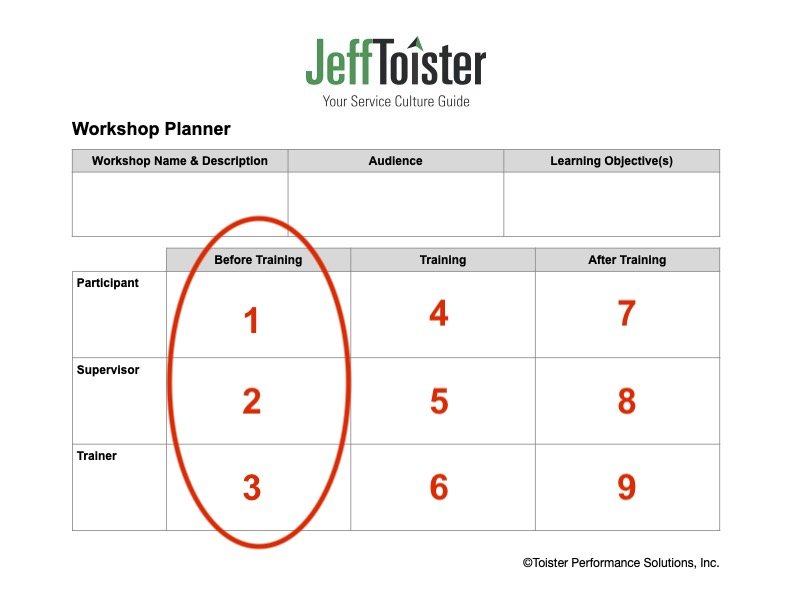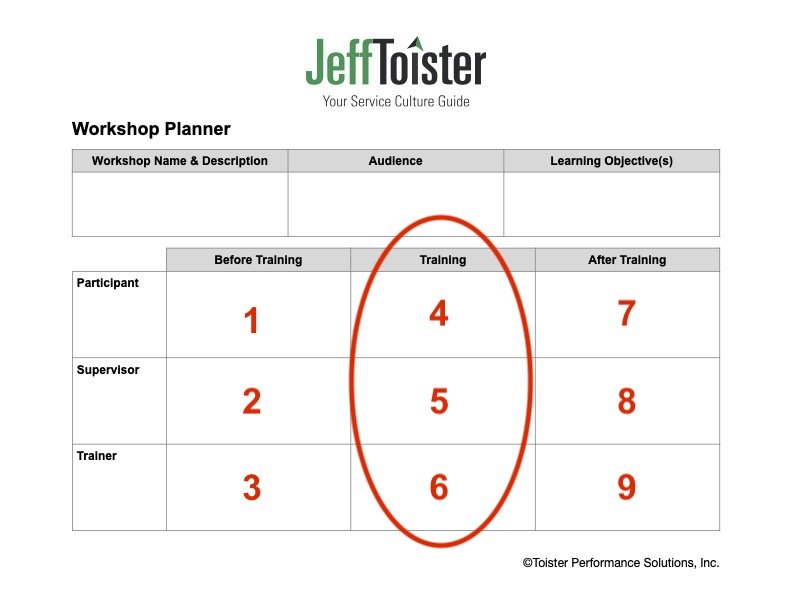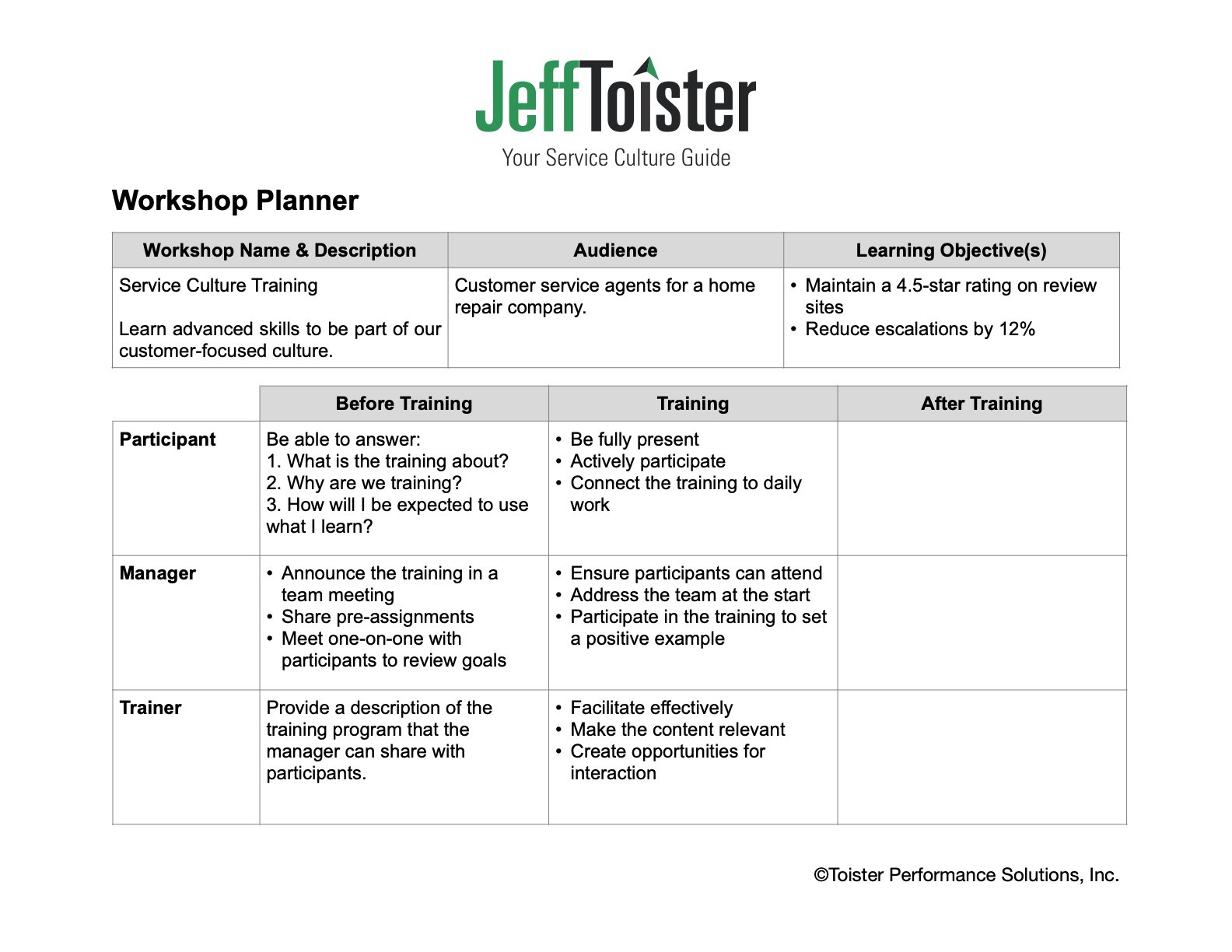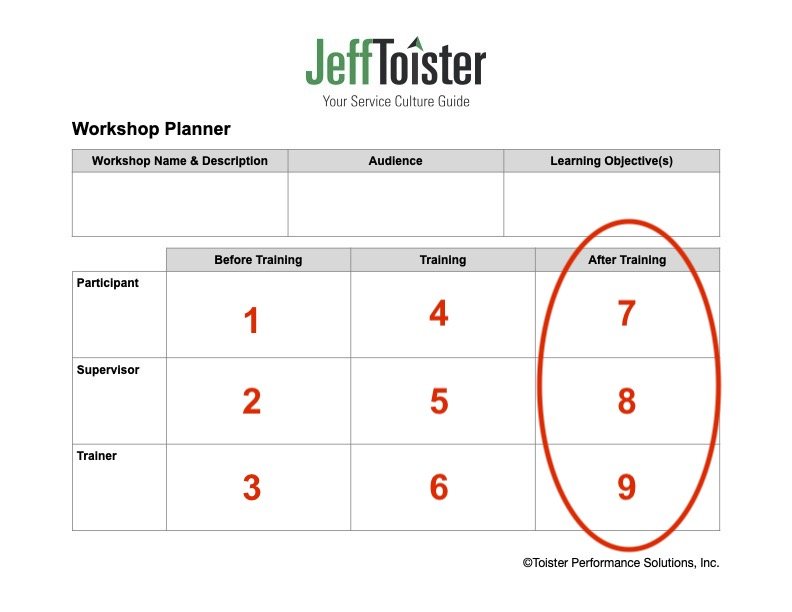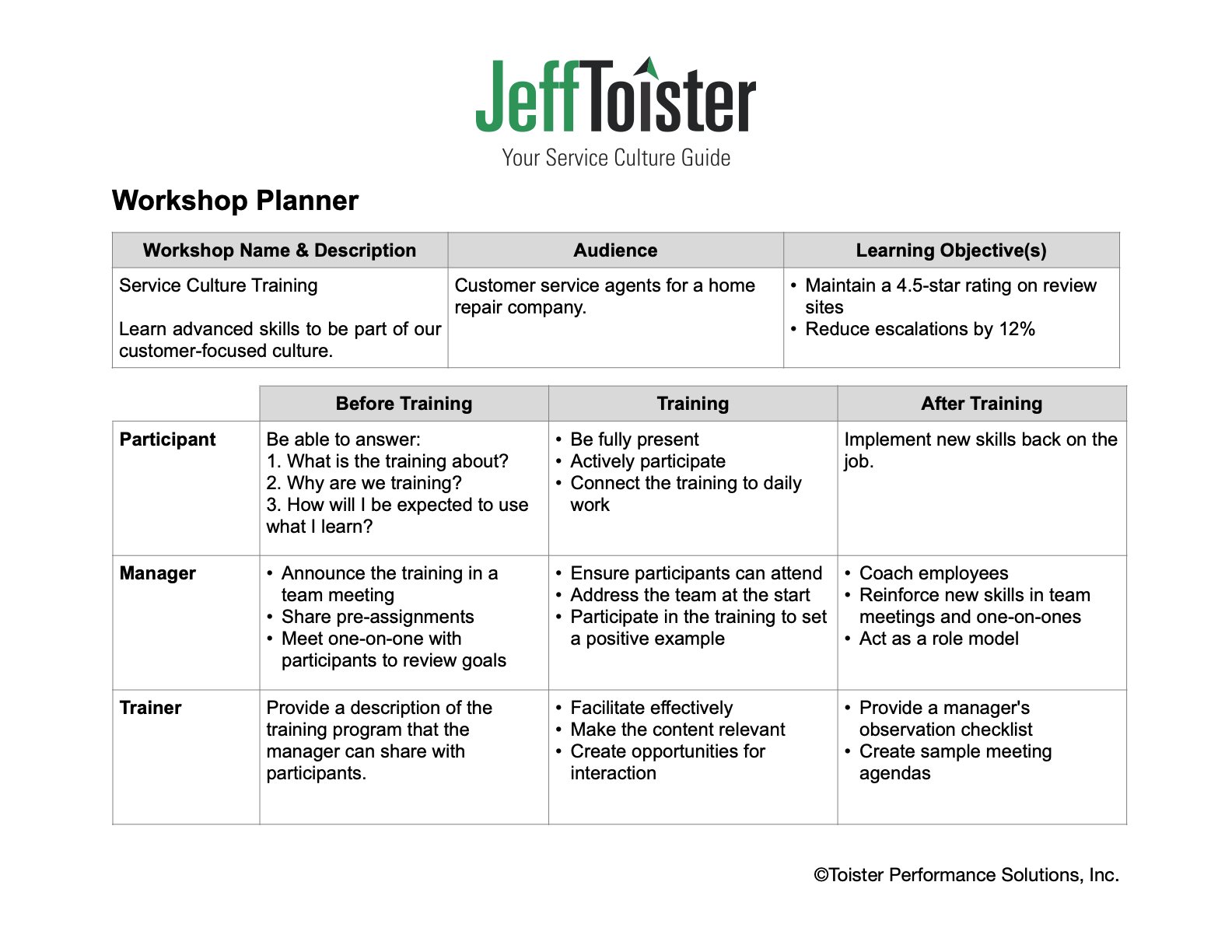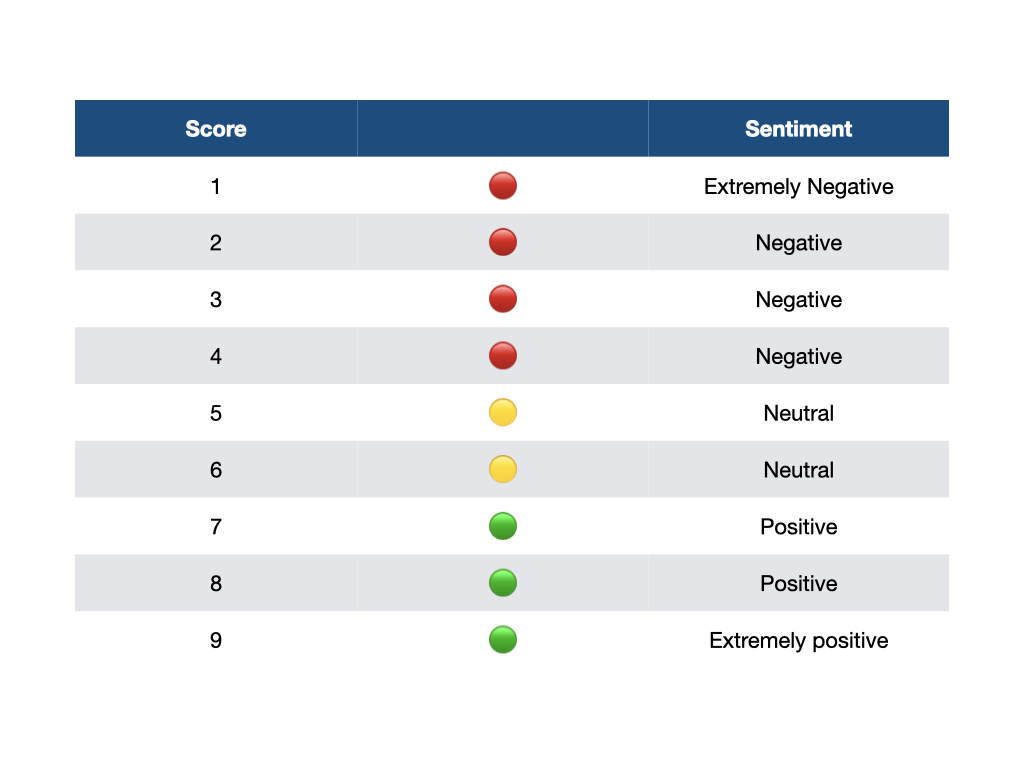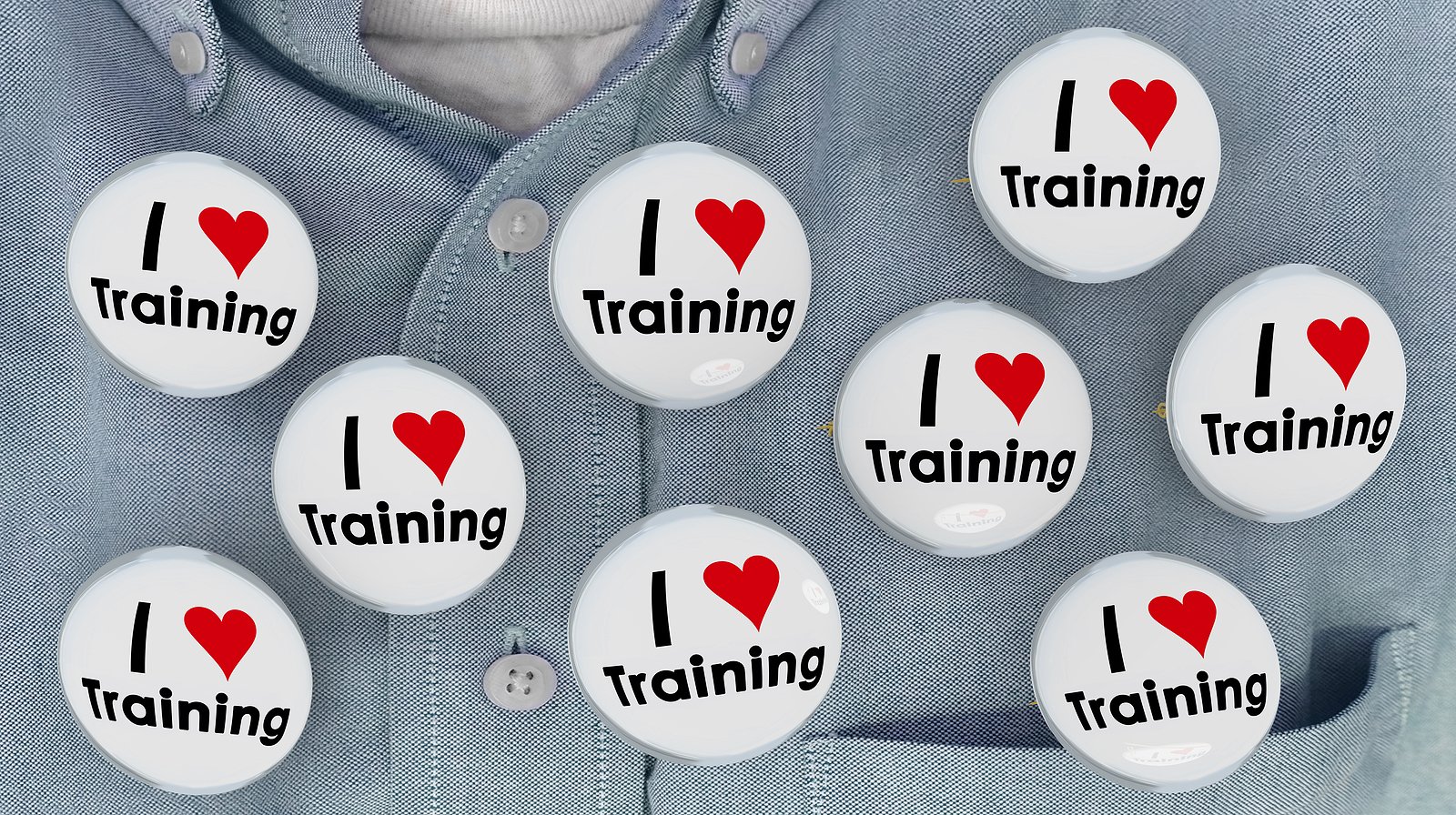I bet I can diagnose your learning style with three questions.
Where do you sit when you attend an in-person meeting?
What do your eyes do when you're explaining something?
How do you take notes in a training class?
It was a fun trick I discovered as a new trainer. I usually got it right to the mild amusement of my learners.
Years later, I was chastened to learn my hocus-pocus wasn't real.
Learning styles don't exist. Even worse, using learning styles can have a negative impact on your customer service training.
I don’t want you to make the same mistakes I made. In this article, I'll answer three questions:
Are learning styles a myth?
Yes, learning styles are a myth and do not exist.
Multiple research studies have debunked the learning style theory. They have shown that tailoring instruction to participants' learning preferences does not improve learning.
Examples include this one and this one.
Reading scientific studies isn't everyone's idea of a fun time. This 15 minute video gives you a summary of the research and even shows you an informal experiment.
What learners really have are preferences when it comes to how they learn.
That was how my little trick worked. What I was really doing was identifying how they preferred to learn, not which method of instruction works best.
It's these preferences that create danger.
What is the danger of using learning styles?
Danger lurks when you attempt to apply learning styles. Your learners will learn less if you try to adapt to individual preferences.
The most obvious danger is that learning styles don't exist. Someone who prefers listening, for example, doesn't actually learn better if you focus on explaining concepts rather than showing them visuals.
Diagnosing individual preferences is also a challenge. There are multiple models. Diagnostic tools tend to be inconsistent and inaccurate.
There's another, bigger problem.
You need to experience some discomfort in order to learn something. Trainers catering to learner’s preferred methods of instruction unwittingly help participants avoid learning.
Imagine you are delivering a training module on listening to customers. The exercise involves having a short conversation with another person and remembering the main idea of what they talked about.
Should you allow participants who feel they are visual learners to sit out the activity and just observe?
Observing might make them more comfortable, but it wouldn't be effective training. Ultimately, listening skills training needs to involve listening.
What about people who prefer hands-on activities? Should you avoid demonstrating a service procedure and just allow them to muck around until they get it right?
Of course not! Some learners might be anxious to dive in, but everyone still needs to understand the goal before they practice.
At some point, learners need to lean into that discomfort.
It's up to you, as the trainer, to guide them through this perilous stage of learning so they can rise to the challenge and come out the other side with renewed confidence and skills.
Avoidance is not a learning strategy.
How can you make training more effective?
There are proven approaches that can make your training programs far more effective. Here are a few examples:
Multi-modal
People tend to learn more when information is delivered in multiple ways. This is regardless of individual learning preferences.
That's why the class tell, show, do method works so well.
Tell: Explain the concept (Auditory)
Show: Give participants an example (Visual)
Do: Ask participants to practice (Kinesthetic)
Let's go back to that video from earlier. Use this link to cut to a scene where you can see participant learning improves across the board with a multi-modal approach.
Accessible Design
Some of your learners might have disabilities that make learning more difficult. For example, I have ADHD, which makes it extremely difficult for me to sit still and focus on long lectures.
Designing learning with accessibility in mind can make it easier for everyone to learn. Most people struggle to learn from long lectures, not just people with ADHD.
Here are a few tips:
Use a multi-modal approach
Make graphics large, clear, and legible
Give clear and simple instructions
Provide ample time for activities
Some learners need additional accommodations. It’s a good idea to engage participants directly to understand their needs when they request extra assistance.
Context
Consider the context of how skills will be used when designing training. The closer the training fits the actual work, the better it will prepare participants to do the job.
For example, try training:
Listening skills by having learners practice listening
Observational skills by having learners observe
Procedural skills by having learners practice the procedure
Respect Preferences
Adult learners tend to prioritize their comfort over learning. That means trainers must do a high wire act to balance between challenging people enough to learn something new, but not so much that they'll opt out of learning.
It helps to respect individual learning preferences so long as they don't interfere with learning. Here are a few ways to do this:
Let people sit where they want
Encourage people to take notes as they wish
Give people options for completing activities
Provide opportunities for self-paced or self-directed learning
Conclusion
While learning styles don't exist, your learners do have preferences. Do your best to make participants feel comfortable while still challenging them to learn new skills.
This short video from my LinkedIn Learning course, Instruction Design: Adult Learners, provides a short overview of learning styles.








